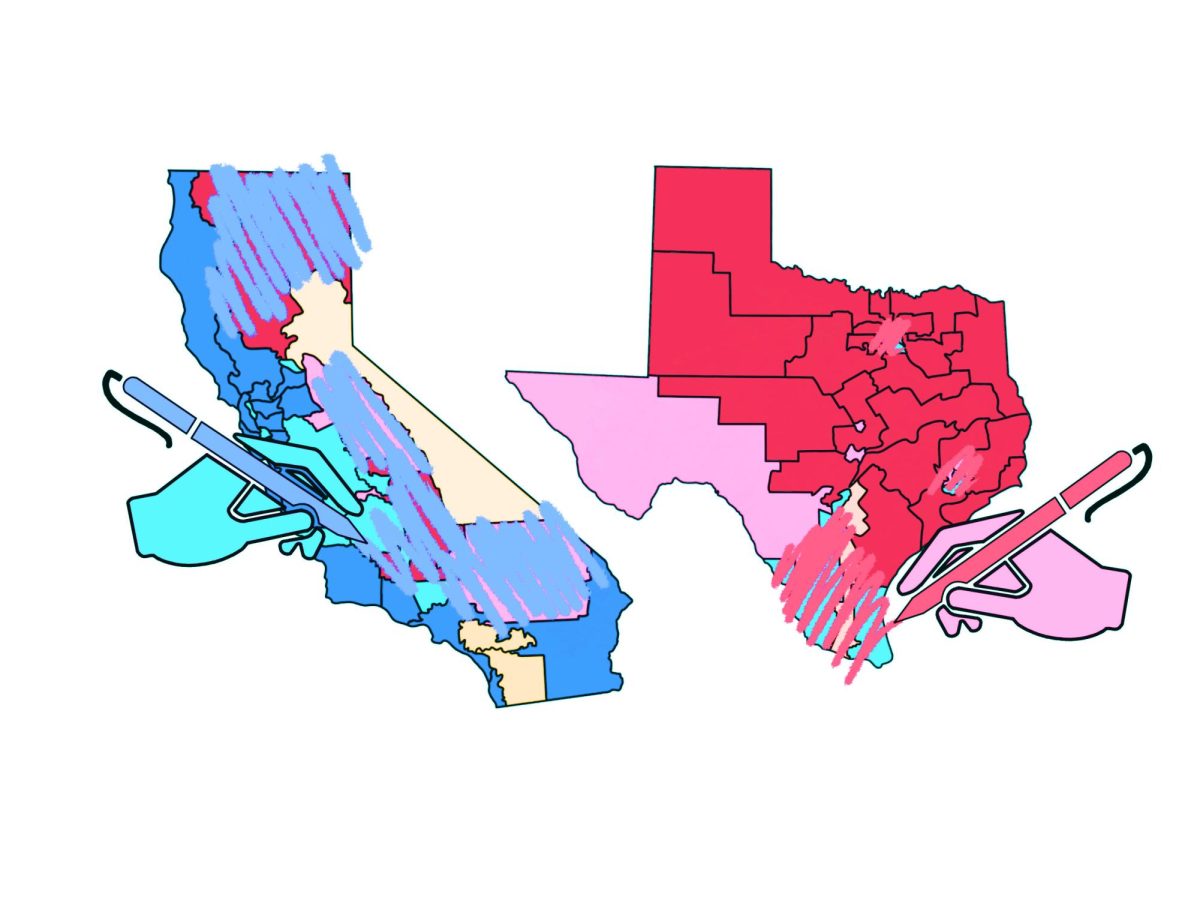Across the country, public school districts are seeing a decline in student enrollment. While this nationwide trend is not evenly spread throughout all public schools, enrollment numbers are falling, and many schools are feeling the effects.
Ever since the COVID-19 pandemic, national public school enrollment has reversed its previous growth trend and is predicted to continue declining due to factors including a decreasing national birth rate, increased school choice legislature and regional demographic shifts.
According to the National Center for Education Statistics (NCES), total public elementary and secondary school enrollment is projected to decrease five percent from 2022 to 2031, a loss of about 2.7 million students. For some school districts, this relatively small change can be devastating.
“School administrators have to make tough decisions with the already scarce resources that they have,” said Assistant Director of Admissions Korey Mack. “Declining enrollment in any public school district creates the need for strategic thinking about how to make their dollars stretch even further in many cases.”
School districts receive a large amount of their funding on a per-pupil basis, so losing hundreds of students can significantly harm an already tight budget. As a result of these financial difficulties, many school districts have chosen to close schools or consolidate multiple schools, which can have negative effects on the communities that depended on them initially.
The decline in public school enrollment is also affected by an increase in alternative schooling options, including homeschool and private school. School choice laws passed in states like Texas make it easier for parents to choose to enroll their children in private schools with public funds.
Though traditional independent school districts may face larger enrollment changes, smaller private schools could also see some variation in enrollment and application numbers. At school, the admissions office tracks data relating to enrollment and applications every cycle to be prepared if significant changes in enrollment or applications occur.
“Our office tracks closely the size of our applicant pool, the admission ratio and the matriculation ratio, among other things,” Mack said. “We do not take for granted the increasing interest in our school and remain committed to expanding our reach while we work to assemble the most qualified student body.”
Enrollment decline in public schools isn’t a new phenomenon. Regional population shifts have led to sudden enrollment drops, an issue that many schools have had to deal with. As neighborhoods around schools evolve in population and demographics, the number of enrollments fluctuate.
“I do think enrollment changes on a macro level – it’s certainly inevitable. Neighborhoods are not static,” Mack said.
Schools around the nation will have to reckon with this trend in the coming years. While declines in enrollment have always been happening in certain schools, it is only going to be more and more common. However, the admissions office at school has the tools to be ready for it if it ever happens.
“Because we track many enrollment metrics year over year and in real time throughout the admission cycle with benchmark reporting and an application funnel dashboard, we can foresee enrollment challenges when they arise and work to mitigate and overcome them,” Mack said.








